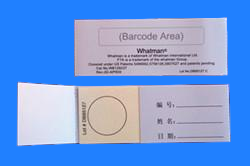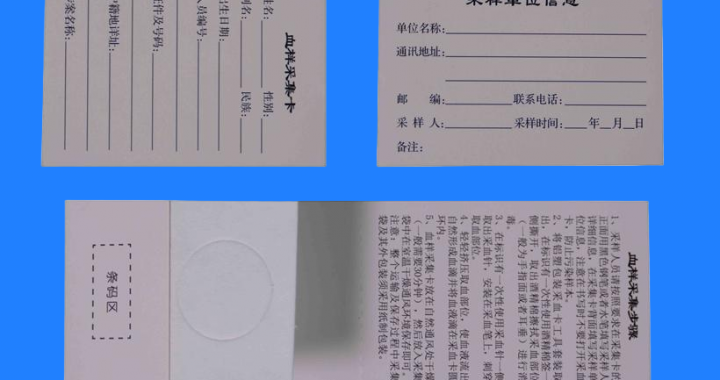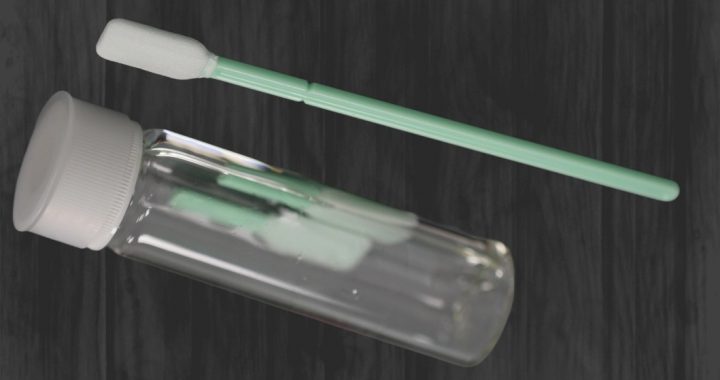The Standard DNA Blood Sample Collection Card Kit is designed for efficient and reliable collection of blood samples for DNA analysis. The kit includes a specially treated collection card, which absorbs and stabilizes blood samples, ensuring DNA integrity during storage and transport. It is ideal for forensic investigations, genetic testing, and medical diagnostics. The blood is collected directly onto the card, eliminating the need for liquid sample containers, and reducing the risk of contamination. This kit supports PCR, sequencing, and genotyping, making it a vital tool for accurate DNA profiling.
Key Features:
-
Specially treated collection cards for blood absorption
-
Prevents contamination and preserves DNA integrity
-
Supports PCR, sequencing, and genotyping
-
Convenient, portable, and easy to use
Application Scope:
-
Forensic blood sample collection
-
Genetic testing and medical diagnostics
-
Criminal justice and legal use
-
DNA transport and storage




-双管生物样本采集套装-400x380.png)
